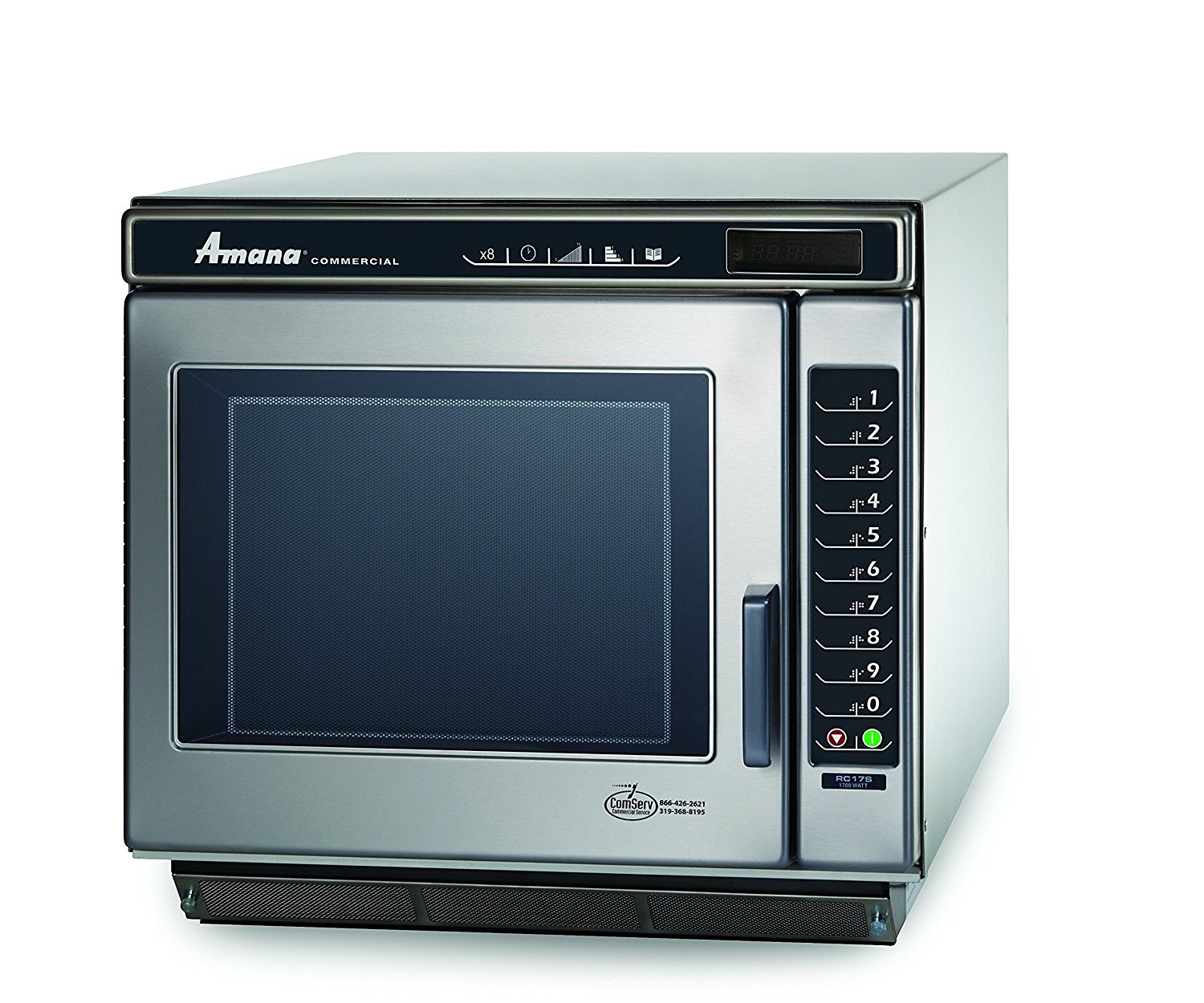

As it rotates, an undesirable grinding noise can emanate from the drive motor. The motor is used to rotate the turntable that subsequently rotates the tray or guides the roller on which it sits. If it doesn’t, the noise problem isn’t related to your microwave’s settings. Whichever way you do it, putting your microwave on Silent Mode can make it quieter. In most cases, long-pressing the “Cancel” or “0” button grants access to sound programming, from where you can adjust the sound settings and silence your microwave. On such models, you may find that some buttons have dual functions, meaning you’ll have to experiment a little. While using the Silent button is the easiest way to mute a microwave, some models simply don’t have such a button. As such, you might not see the Silent Mode option on your microwave at first glance.īut with a bit of searching, you can find this option on the keypad, although it may be indicated as “Sound” or “Volume.” On some smart models, you’ll find it on the remote controls with the same labeling. Interestingly, even though most modern microwaves come with the Silent feature, some manufacturers don’t clearly indicate this. In case your microwave is beeping loudly, switching to Silent Mode can help address the noise problem. In this case, try doing a hard reset by simply unplugging the microwave and waiting for 5 minutes before plugging it back.Ī hard reset gets rid of extra electricity from the microwave’s capacitor and forces the sensors back to the original state. Hard Reset Your MicrowaveĪfter doing the “quick break routine,” you may find that the beeping sound has not stopped, even when there is no food in the oven. If it doesn’t, the sensors aren’t the problem. Once you have refreshed the microwave, the incessant beeping sound should stop, making your microwave quieter.

The rest of this article will explain these hacks in great detail and provide actionable maintenance tips to help keep your microwave quiet. If the noise persists, identify and rectify the source starting with the motor drive followed by the drive coupler, magnetron, and so on. To make a microwave quieter, first try the inbuilt settings such as refreshing of sensors, hard resetting, and engaging of the silent mode. So before you start thinking of repairs and other complicated solutions to a noisy microwave, there is a requirement to first try out these settings. Typically, electrical appliances come with manufacturers’ inbuilt settings that can help correct basic anomalies.

If you hear any other type of noise such as clanking, grinding, or whirring, act immediately because this signifies a failing magnetron, a worn-out turntable motor, or a stirrer engine that’s breaking down. In the case of a characteristic hum, it’s due to the diode, transformer, and capacitor handling the electrical energy from the power source and stepping it up to power up your microwave. More than often, the “blowing” sound you hear when heating your meal is a result of your microwave’s cooling fan continuously blowing over the magnetron to cool it down as it releases the microwaves. While the magnetron is often blamed for the noise, it doesn’t get loud unless it’s poorly secured, in which case it’ll vibrate against walls of its chamber. Noise in a microwave is caused by the following parts: Besides being a nuisance, microwave noise can also be a sign of a looming breakdown. But when this humming gets louder than usual and becomes hard to ignore, you need to address it right away. Normally, a microwave makes a light humming sound when in use.


 0 kommentar(er)
0 kommentar(er)
